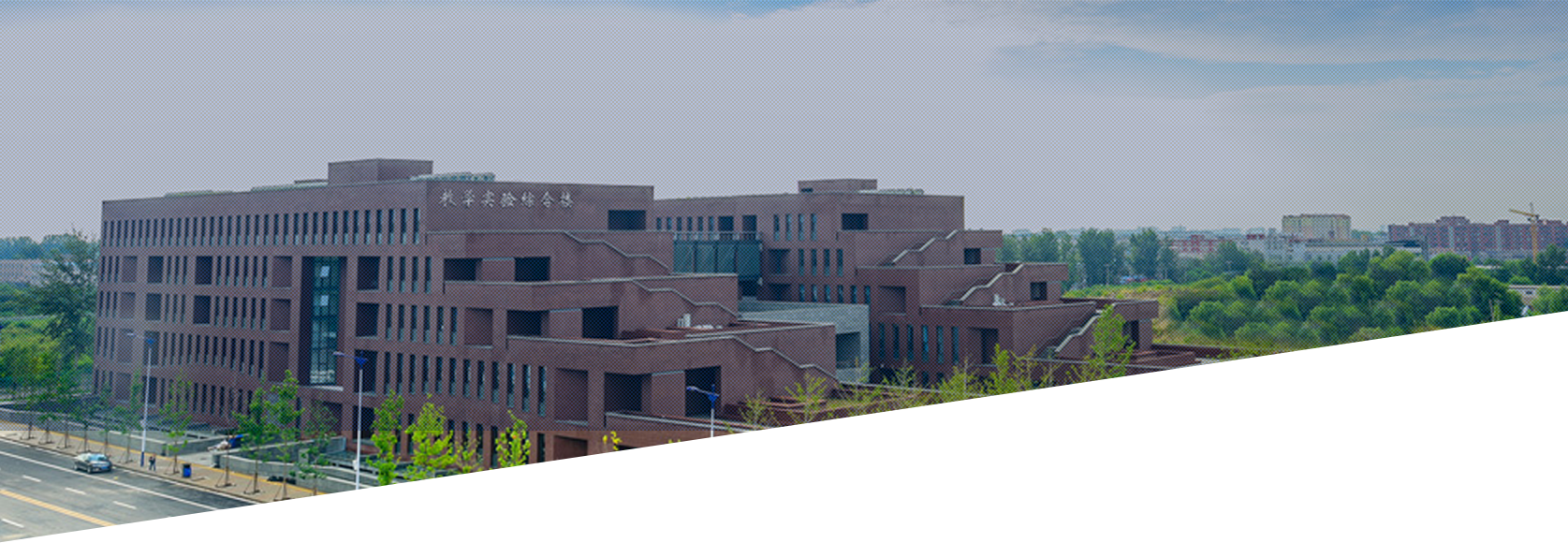内容摘要:
In this work, we propose the user activity identification/channel estimation algorithm and design the efficient random access scheme for massive machine-type communications.
In the first part, we propose a transmission control scheme and design an approximate message passing (AMP) algorithm for the joint user identification and channel estimation (JUICE) in massive machine-type communications. By employing a step transmission control function for the proposed scheme, we derive the channel distribution experienced by the receiver to describe the effect of the transmission control on the design of AMP algorithm. Based on that, we design an AMP algorithm by proposing a minimum mean squared error (MMSE) denoiser, to jointly identify the user activity and estimate their channels. We further derive the false alarm and miss detection probabilities to characterize the user identification performance of the proposed scheme. Furthermore, we optimize the transmission control function to maximize the network throughput. We then propose a deep learning aided list AMP algorithm to further improve the user identification performance. A neural network is employed to identify a suspicious device which is most likely to be falsely alarmed during the first round of the AMP algorithm. We propose to enforce the suspicious device to be inactive in every iteration of the AMP algorithm in the second round. The proposed scheme can effectively combat the interference caused by the suspicious device and thus improve the user identification performance.
In the second part, we investigate the design and analysis of coded slotted ALOHA (CSA) schemes for massive machine-type communications in the presence of channel erasure. We design the code probability distributions for CSA schemes with repetition codes and maximum distance separable codes to maximize the expected traffic load, under both packet erasure channels and slot erasure channels. By optimizing the convergence behaviour of the derived EXIT functions, the code probability distributions to achieve the maximum expected traffic load are obtained. Then, we derive the asymptotic throughput of CSA schemes over erasure channels.
主讲人简历:
Jinhong Yuan received the B.E. and Ph.D. degrees in electronics engineering from the Beijing Institute of Technology, Beijing, China, in 1991 and 1997, respectively. From 1997 to 1999, he was a Research Fellow with the School of Electrical Engineering, University of Sydney, Sydney, NSW, Australia. In 2000, he joined the School of Electrical Engineering and Telecommunications, University of New South Wales, Sydney, where he is currently a Professor and the Head of the Telecommunication Group. He has published two books, five book chapters, over 300 papers in telecommunications journals and conference proceedings, and 50 industrial reports. He is a co-inventor of one patent on MIMO systems and two patents on low-density-paritycheck codes. He has co-authored four Best Paper Awards and one Best Poster Award, including the Best Paper Award from the IEEE International Symposium on Wireless Communications Systems, Trondheim, Norway, in 2007, the Best Paper Award from the IEEE Wireless Communications and Networking Conference, Cancún, Mexico, in 2011, and the Best Paper Award from the IEEE International Conference on Communications, Kansas City, USA, in 2018. He is currently serving as an Associate Editor for the IEEE TRANSACTIONS ON WIRELESS COMMUNICATIONS. He served as the IEEE NSW Chapter Chair of Joint Communications/Signal Processions/Ocean Engineering Chapter from 2011 to 2014 and served as an Associate Editor for the IEEE TRANSACTIONS ON COMMUNICATIONS from 2012 to 2017. His current research interests include error control coding and information theory, communication theory, and wireless communications.

